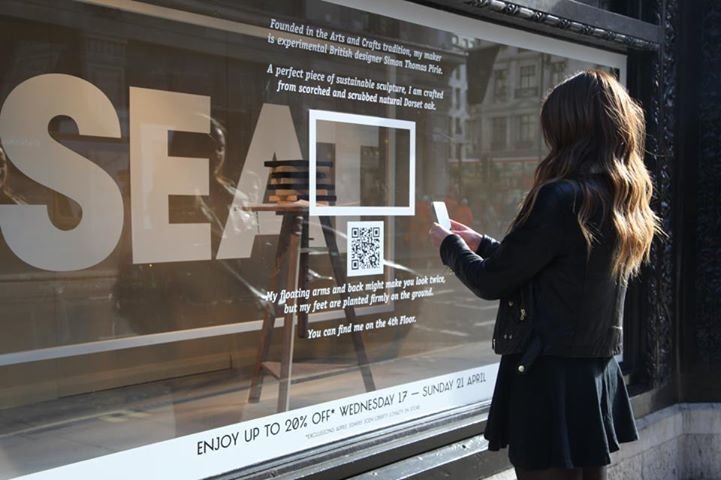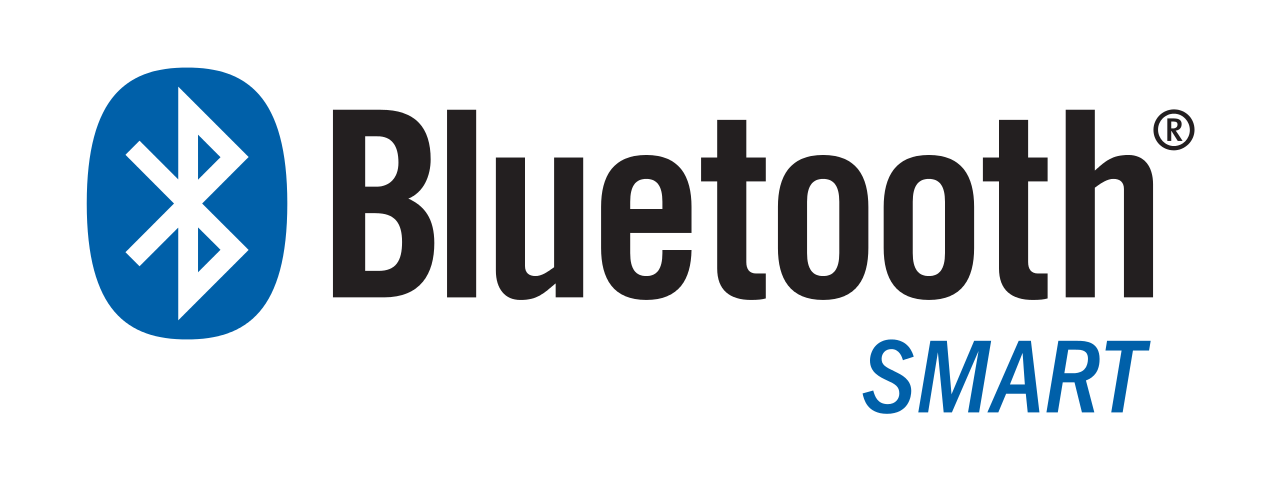Introduction to Physical Web

Presentation enabled by Physical-Web.
Look for "Physical Web by Amey Inamdar"
Who am I
Amey Inamdar
- Working at Marvell Semiconductor in IoT Platforms Group
- Experience of architecting and delivering Wi-Fi and BLE based consumer IoT devices

So you know what to ask
amey.inamdar@gmail.com

@iamey

The Web as it is
- World Wide Web is an interconnect of computers that facilitate communication and information exchange
- Current web ends at the client like computer or mobile phone in the user's hand
QR Codes - Connection between Physical world and Web

Does it really work?
What if things could talk and provide information about them?
What is Physical Web
- An initiative to create an open standard that extends the web we know today into the physical world
- The initiative is started by Google but is open to everyone

Traditional Web
Physical Web

Why Physical Web
- The number of smart devices is going to explode
- Assumption that each device will have its own app is not realistic
- There are several use-cases which don't require native app
- Physical Web is not about replacing native apps; it's about enabling interaction where native apps are not practical
Some Examples
- A cat collar would let you call to find the owner
- A bus tells you its next stop
- Parking meters can pay in the cloud using the phone’s internet connection
- Any store, no matter how small, can offer an online experience when you walk in
- A self-drive rental car broadcasts a signup page, allowing you to immediately drive away
- Industrial equipment can offer diagnostics
Ain't it interesting?
Technology behind it - BLE
- Based on Bluetooth Low Energy (BLE) protocol
-
- More protocols can be supported in future
-
Physical Web devices send out beacon information periodically
- Beacons contain URL for the device
- Devices can run for multiple years on battery with low power consumption of BLE and low beaconing rate
- BLE technology allows small size and low cost (<1$ in volume)

Device tells you about itself
- Device transmits a URL in the BLE beacon that contains info about the device
- URLs are well-understood and flexible
- They can point to informative HTML page, a web app or a deep link to native app on the phone
- URLs can be static or dynamically changing
- For example changing sensor value or authentication token
On the Phone Side
- The phone can scan for available devices and it understands the beacon format
- Both iOS and Android platforms are supported using "Physical Web" Application
- Native support at platform level or at browser level is not far away
- The user sees notifications in the notification area
What about Security
- On-demand notifications - Phone does not get buzzed every time a device is found
- Google has ability to filter the devices that get displayed on the phone - this can filter out spam
- Only HTTPS URLs are allowed
- The results are sorted by the priority
Technology Friends
- Web-Bluetooth - Javascript library that provides ability to interact with BLE devices from web browser itself
- Web-notifications - Javascript library that provides ability to generate system level notifications based on user opt-in